Book review of Mending Matters by Rodabaugh
Katarina Rodabaugh’s book “Mending matters” is a practical book with loads of project pages showing you different ways to patch and repair a pair of jeans, both with invisible and visible mending. It’s a very hands-on, practical guide for mending especially jeans, but it is also a love letter to the practice of mending, ie. taking care of the clothes you already have! I think many of us needs to learn how to do that better.
After mentioning her book in my blog post on Boro stitching I picked it up and decided to read it, and I am so happy I did. It’s an amazing read!
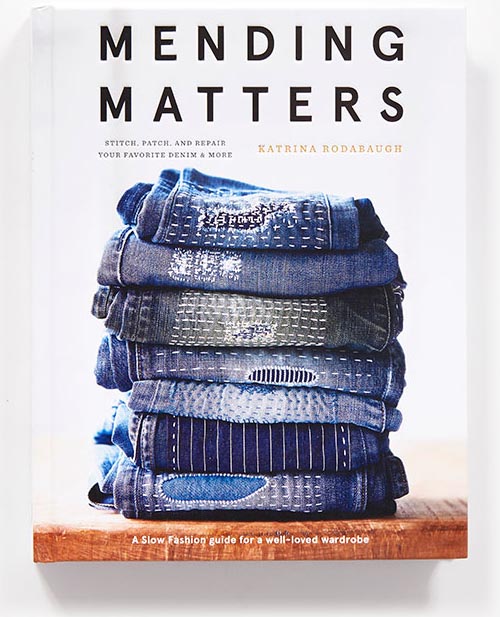 Katarina is extremely passionate about this subject so it is very inspiring to read her book from beginning to end. Her essays are filled with life wisdom and gentle nudges for all us to “do better” with what we have and where we can. I love it thoroughly!
Katarina is extremely passionate about this subject so it is very inspiring to read her book from beginning to end. Her essays are filled with life wisdom and gentle nudges for all us to “do better” with what we have and where we can. I love it thoroughly!
Katarina uses mending as a “metaphor for appreciating our own naturally flawed selves”, and she examines the ways in which mending teaches us new skills, self-reliance, and confidence, things she mean that we can all gain from making things with our own hands. As a creative person I very much believe in this.
Who’da thought a book about mending could hold so much wisdom? But it does, it really does. If you have the chance to pick this book up and read it, I highly encourage it even if you never intend to mend or hand-sew anything in your life. Hopefully some of your ideas and beliefs will be challenged and maybe changed for ever.
For me, after reading this book, I wish some of my jeans needed mending and that I had some linen clothes to experiment on ASAP! Instead I have t-shirts and tops in all sizes and forms, most of which I could exchange for something more fitting my current body. I was a bit disappointed that fixing this kind of stretchy fabrics is not something the book addresses. Instead, Katarina states that she is not interested in any fabric that is not biodegradable and of course all my stretchy fabrics has some kind of synthetic in them, which makes me sad. Although most of them are inherited or thrifted, which at least is better for the environment than if I’d bought them new at H&M. I could write a whole essay on the sad state of my wardrobe, but back to the book. Reading it at least, gave me hope that I know what I want more of and what I want less of in the future.
Katarina says that there are many ways that we can prioritize ecological and ethical garments in future purchases, for example by learning about “fiber sources, fair wages, handcraft, quality, longevity” while still caring for the clothes we already own. And or course, if we are able, to make things for ourselves as well.
Beginning in a feeling of wanting to be more frugal with our worlds natural resources Katarina Rodabaugh decided to not buy any new clothes for an entire year. This lead to her looking more closely at what clothes she already had, mending her own jeans when they needed repair and starting to think about eco dying, natural fibers, sewing her own clothes, sourcing ethically made fashion and so on. She called it “Make Thrift Mend” and that I think, resulted in her latest book. She used the project as “art as action” and it changed her entire life. She writes:
It was akin to a food fast, intended to pause my clothing consumption so I could slow down, reconsider, and realign.
Blog posts, books and a business came out her project, as well as a move with her family to a farmhouse three thousand miles away to start a homestead. She made tons of research and wanted to read everything concerning her new passion. That’s a woman of my own heart. I love deep diving into subjects and learning about them.
Who can afford a Sustainable life?
I realize that living a sustainable life is a privilege not everyone thinks they can afford, because let’s face it, buying sustainable is a lot more expensive than shopping for “fast fashion”, but I think that reading this book will also help you reconsider this idea that it has to be expensive. Just starting to think in a new way about how, when and why you buy stuff is important I think. Yes, it’s definitely not possible for everyone, especially if you’re without a job and close to the poverty line, but for people with an average income it is absolutely possible if you have the will to consider it. And as Katarina writes: “at each point in sustainable living we have to make decisions, realize there is no perfect solution (just better choices), and do the very best we can.” I think that is encouraging in a world with so many “others” judging our everyday choices from a stance of rightfulness, right?
Maybe instead of asking ourselves “Who can afford to only shop sustainable?” we should ask “Can our planet afford that we don’t shop sustainable much longer?” And if sustainable means shopping less, won’t our cupboards, overfilled attics and stuffed wardrobes also thank us?
Mindfulness, radical joy and aging
The book is full of philosophical thinking and mindfulness, and in combining a mindfulness practice with mending you get what Katarina calls “mendfulness”:
Mendfulness is ultimately about healing. It’s about healing what we intuit to be broken in the fast-fashion industry but also in our individual experiences of clothing. We can learn to create antidotes to the damages of scrutinizing body image, low self-esteem, and general scarcity that come with a never-ending need to ‘fix’ something in ourselves through our wardrobes. Of course, we don’t need fixing. Instead we need understanding, connection, nourishment, empowerment and opportunities for radical joy.”
She also talks a lot about my all-time favorite Japanese expression, wabi-sabi. She writes:
“It’s difficult to summarize wabi-sabi but, in short, it’s about embracing the beauty of imperfection, the natural process of aging and decay, and the opportunity to view maturation as a natural and inevitable progression that imparts depth, wisdom, character, and earned beauty that could not otherwise be attained. It also embraces the elements and the ways in which nature alters and object – aged patina, weathered wood, and tarnished metals. Through that alteration there is a new beauty or even revelation.”
This makes me think of aging again, and it could be a quote from Twyla’s book Keep it moving, that I read partly because my mind has been on aging a lot lately, especially this past year since I totally stopped coloring my hair and it all went gray from there. There’s a whole movement on social media about “going gray”, which I think is so great because it makes me realize how extremely many of us falls naturally to dying our hair at a certain age because we want to look “like everyone else”. I wish I had made a tik-tok about how I went from long, totally black hair to what I’ve got today which is short and gray (best described as salt-and-pepper I think). In any case, wabi-sabi is a big concept that embraces how the elements and nature alters and ages objects, as well as the aesthetic of “just enough” according to the book. It is also a powerful tool for approaching design and mending, writes Katarina. Or any creative work, I must add – or life in general. Our luxurious habits of discarding anything that is chipped or stained is wasteful and sad, and where does it lead us really? To using up resources that our grand-grand-children should’ve inherited.
For example, this sentence from the book is something to ponder for the rest of our lives:
If we can accept that nature, use, and everyday experience will alter this object, and if we can see this alteration as added value, then we can continue to enjoy the object indefinitely.”
I could just go on and quote the whole book, because I agree with it all and think it is beautifully formulated, quite in line with my blog post How to (try) to Buy Less this Year from two years ago. But I won’t continue copying quotes down, mostly since that’s not legal – I will just encourage you to do yourself the service of go read the book Mending Matters: Stitch, Patch, and Repair Your Favorite Denim and More by Katarina Rodabaugh.
Further reading inspiration
* Mending Matters: Stitch, Patch, and Repair Your Favorite Denim and More by Katarina Rodabaugh – amazon affiliate link
* Kaffe Fassett in the studio – my previous book review on the blog
* Keep it moving by Twyla Tharp – my book review.
* Mending a quilt – check out my video of my ongoing project to mend my own lap quilt one patch at a time too, maybe it will inspire you to pick up a needle and then my work here is done.
* You can find all my previous book reviews here
Books written by Katarina includes:
Make Thrift Mend (2021);
Mending Matters (2018);
The Paper Playhouse (2015)
And you might also want to check out these titles:
Book reviews by iHanna
This book review is part of my attempt to read more books for inspiration and motivation right now – and reviewing them for your benefit. If you find this review helpful, inspiring or encouraging I’d love it if you leave a comment below letting me know how and maybe what books you’re reading or looking forward to for inspiration at the moment. I am publishing everything here for free just for you, so if you can, consider checking out my shop and/or buying me a coffee via Kofi, it’s quick to do and it really helps me out. Thank you.
Discover more from iHannas Blog
Subscribe to get the latest posts sent to your email.

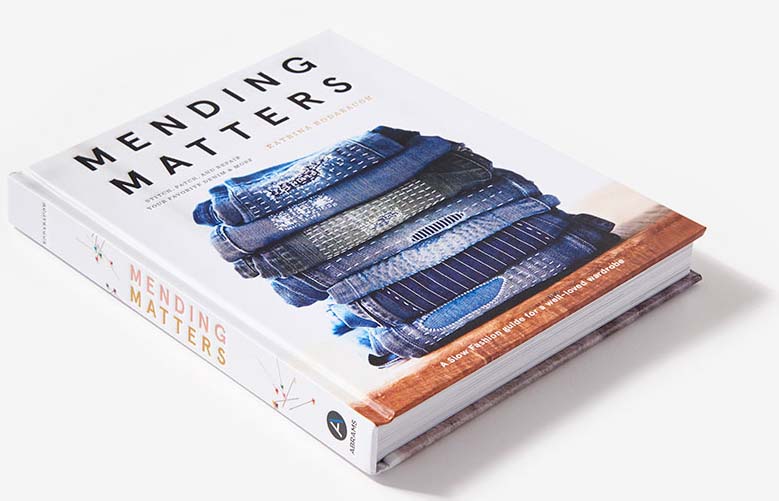
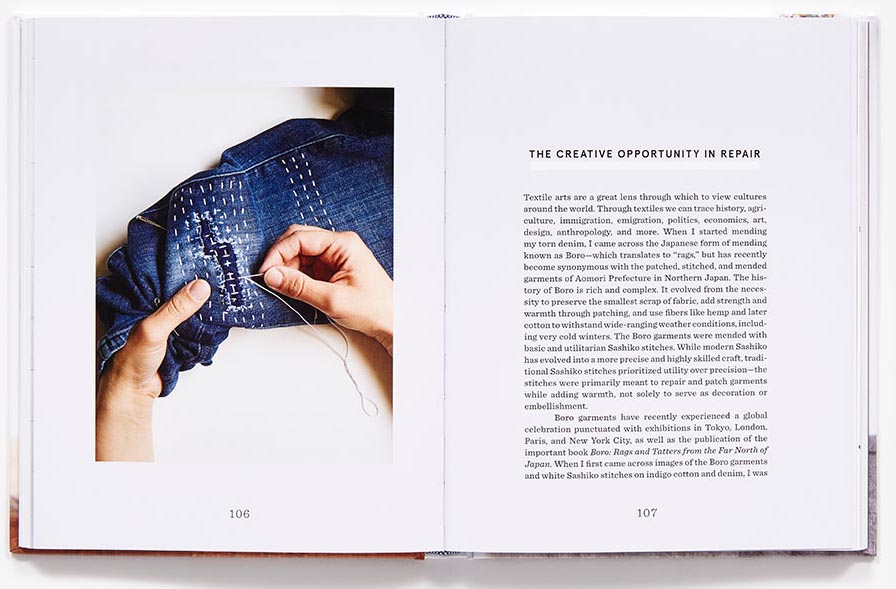
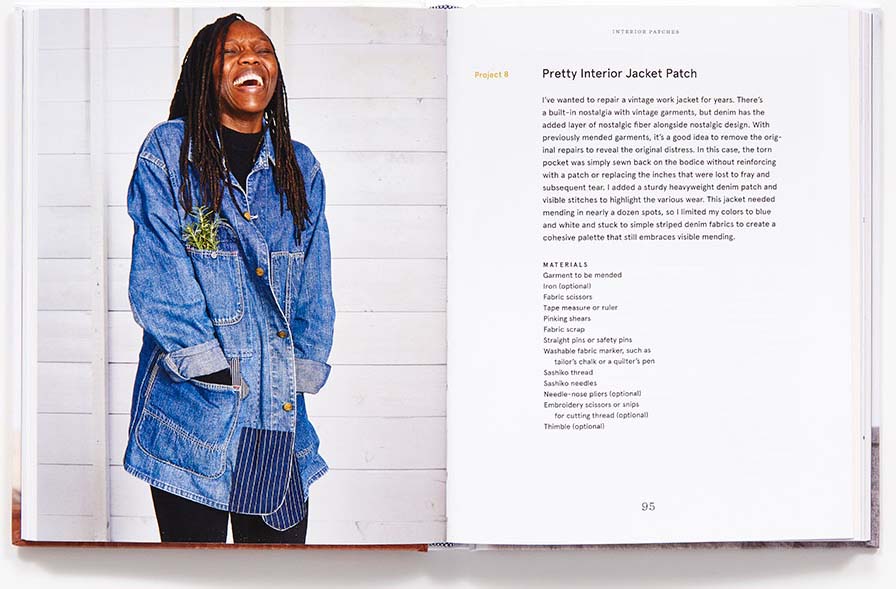
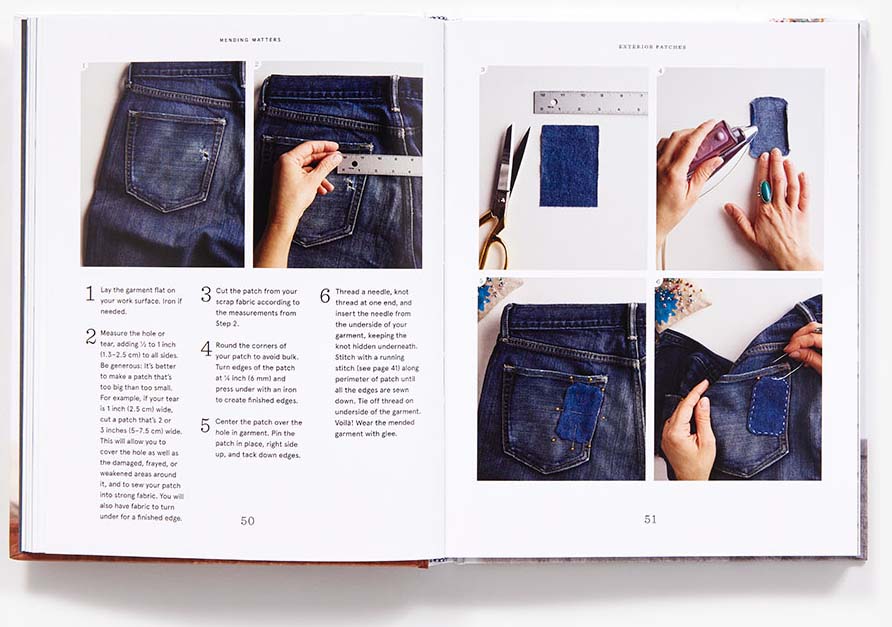






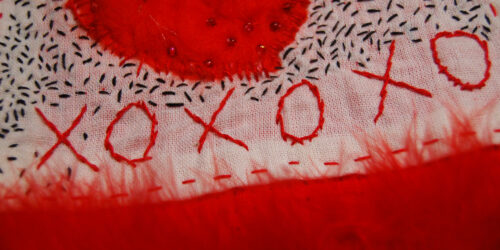
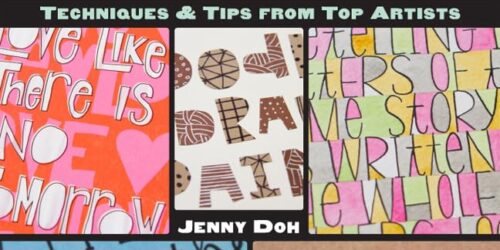
I’ve had this book for some time now and it is wonderful. Love your review. And yes I’d encourage anyone who is interested in Make Do and Mend to read it. all the best
Thanks for leaving me a comment Carol, so glad you’d already found this book and like it. Who knew a book about mending could be so “readable”? :-)